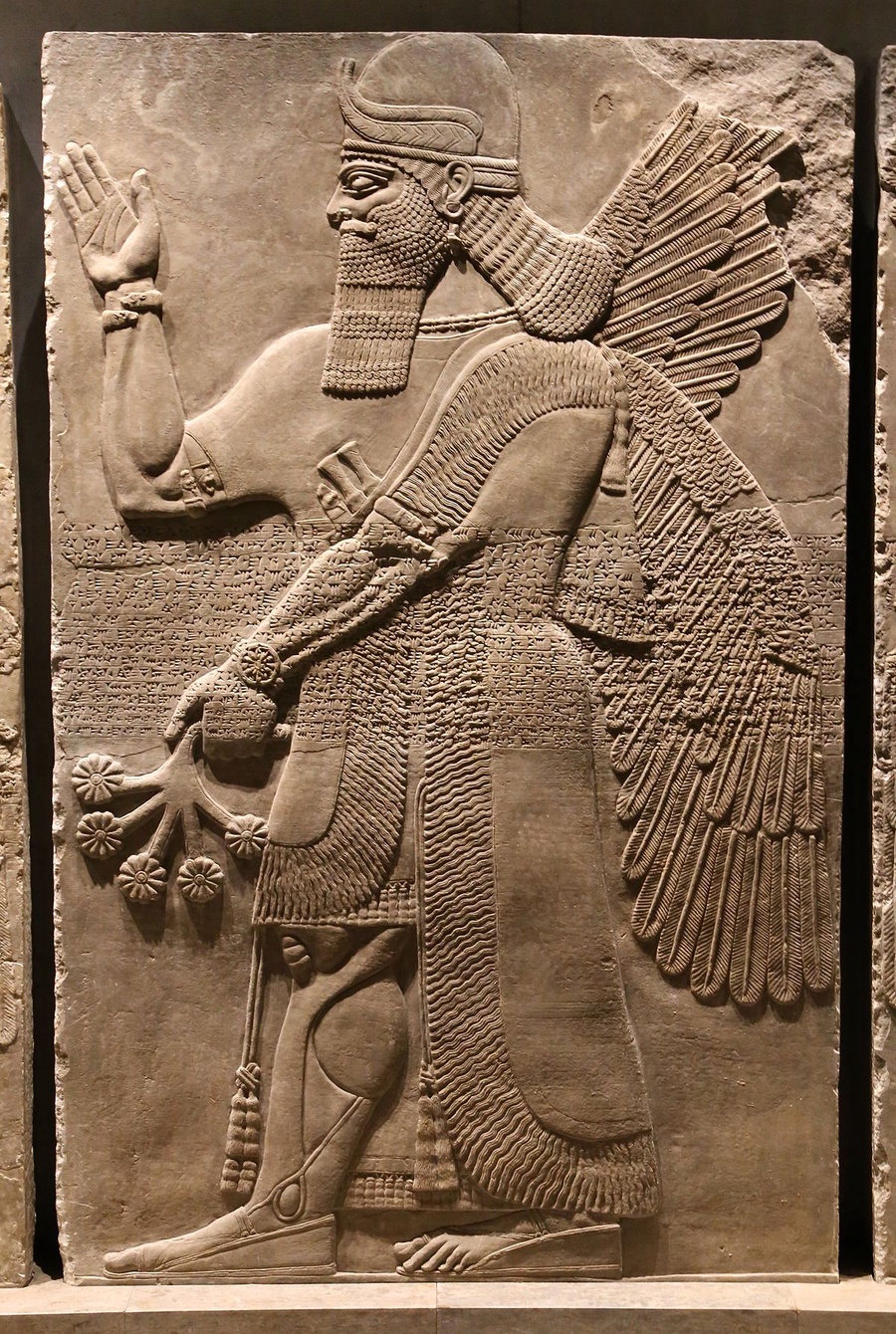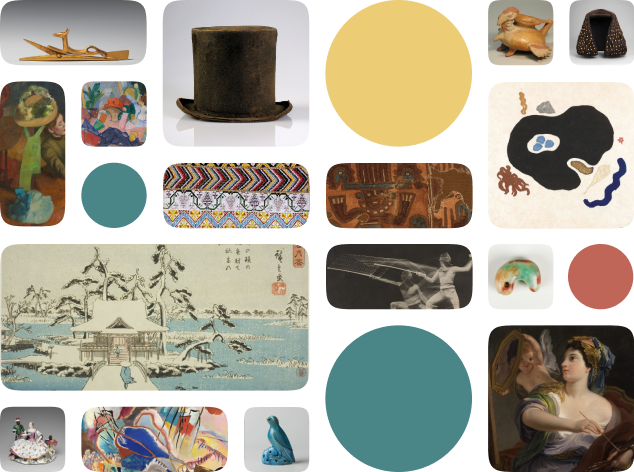Assyrian sculpture
About the work
Assyrian sculpture is the sculpture of the ancient Assyrian states, especially the Neo-Assyrian Empire of 911 to 612 BC, which ruled modern Iraq, Syria, and much of Iran. It forms a phase of the art of Mesopotamia, differing in particular because of its much greater use of stone and gypsum alabaster for large sculpture.
Much the best-known works are the huge lamassu guarding entrance ways, and Assyrian palace reliefs on thin slabs of alabaster, which were originally painted, at least in part, and fixed on the wall all round the main rooms of palaces. Most of these are in museums in Europe or America, following a hectic period of excavations from 1842 to 1855, which took Assyrian art from being almost completely unknown to being the subject of several best-selling books, and imitated in political cartoons.The palace reliefs contain scenes in low relief which glorify the king, showing him at war, hunting, and fulfilling other kingly roles. Many works left in situ, or in museums local to their findspots, have been deliberately destroyed in the recent occupation of the area by ISIS, the pace of destruction reportedly increasing in late 2016, with the Mosul offensive.Other surviving types of art include many cylinder seals, a few rock reliefs, reliefs and statues from temples, bronze relief strips used on large doors, and small quantities of metalwork. A group of sixteen bronze weights shaped as lions with bilingual inscriptions in both cuneiform and Phoenician characters, were discovered at Nimrud.
The Nimrud ivories, an important group of small plaques which decorated furniture, were found in a palace storeroom near reliefs, but they came from around the Mediterranean, with relatively few made locally in an Assyrian style.
Continue reading on wikipedia.org
Assyrian sculpture is available in the public domain via Creative Commons Attribution-ShareAlike 3.0 Unported .
Source: Wikipedia
Is something missing?
Help us to improve our content.

